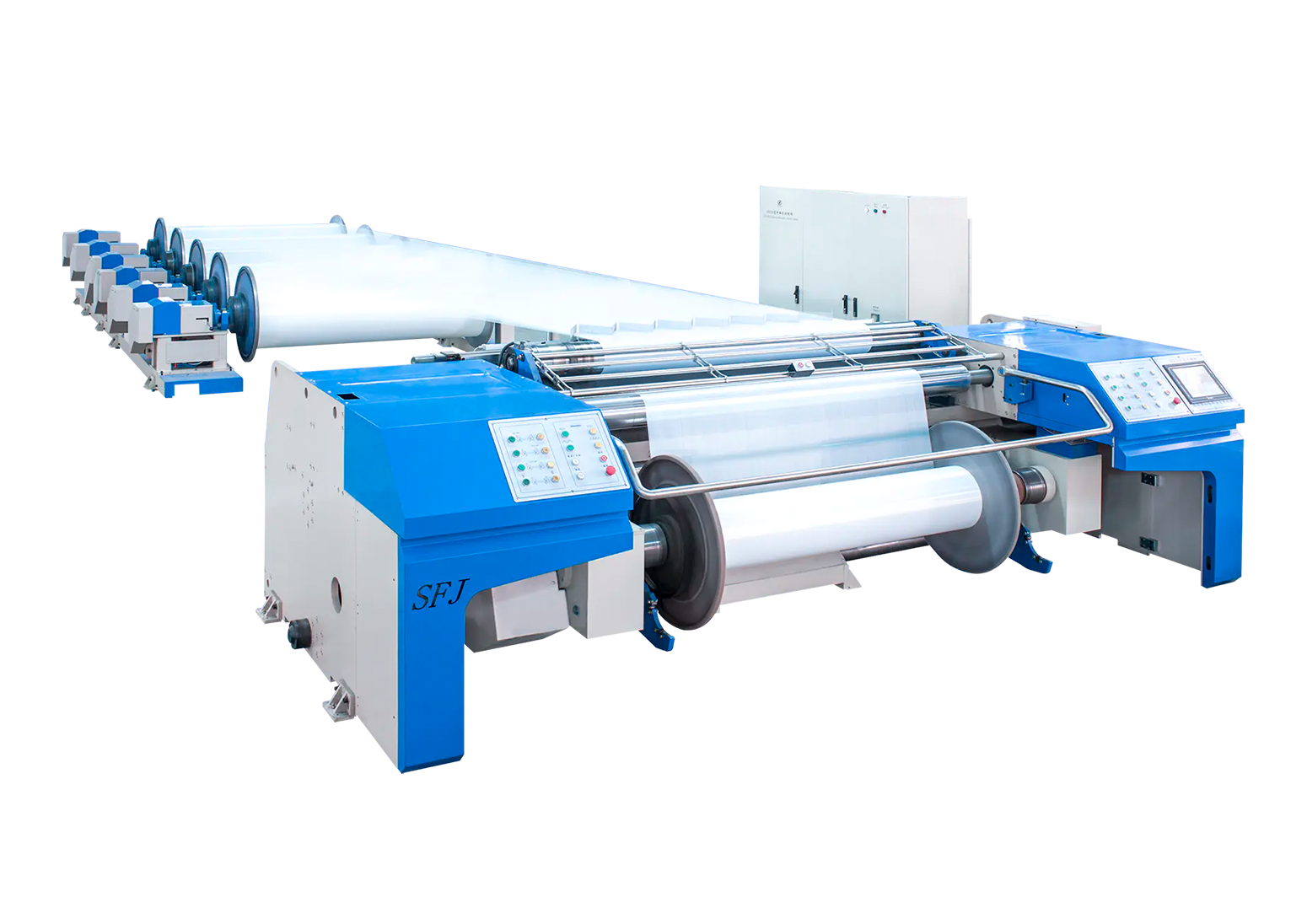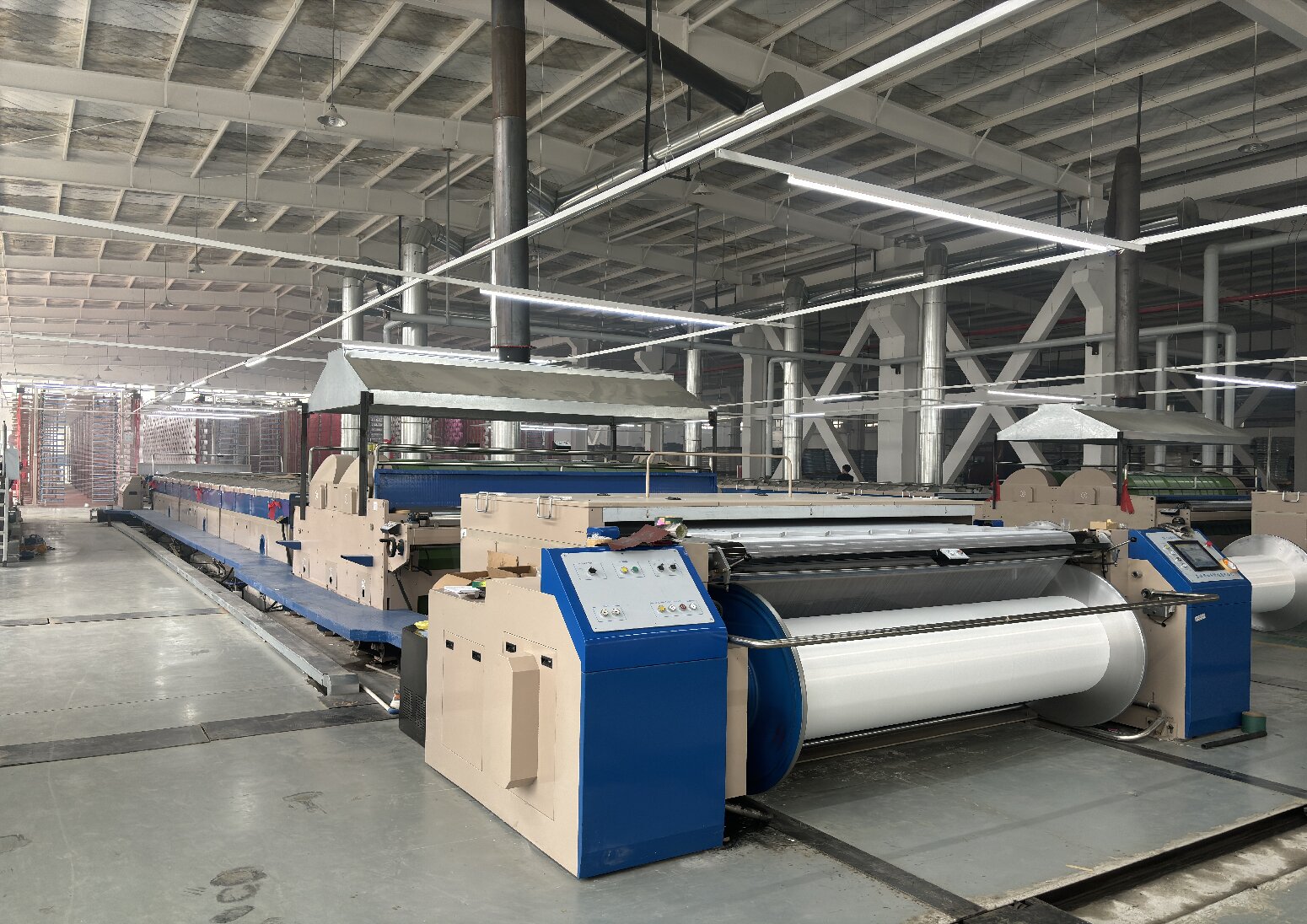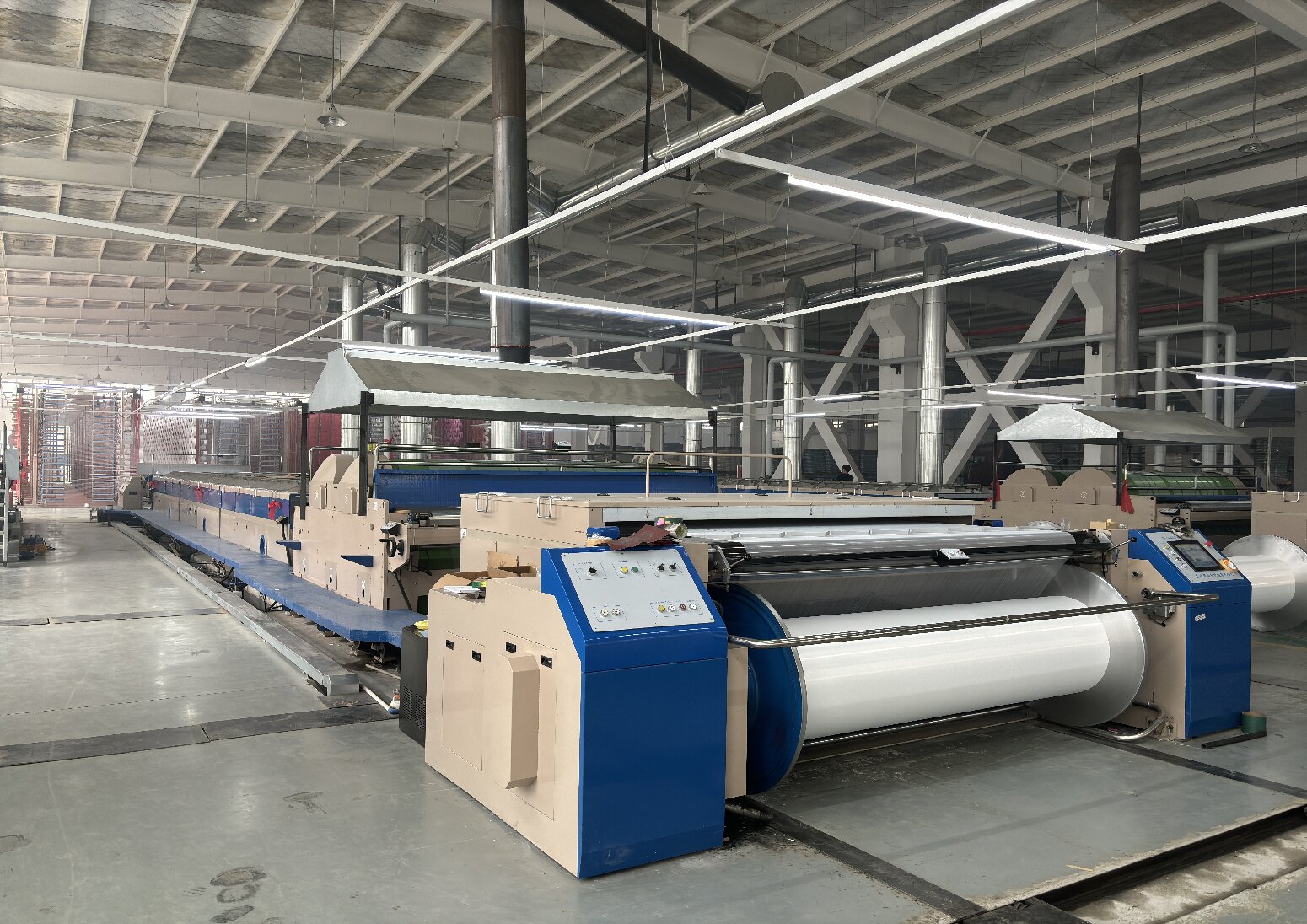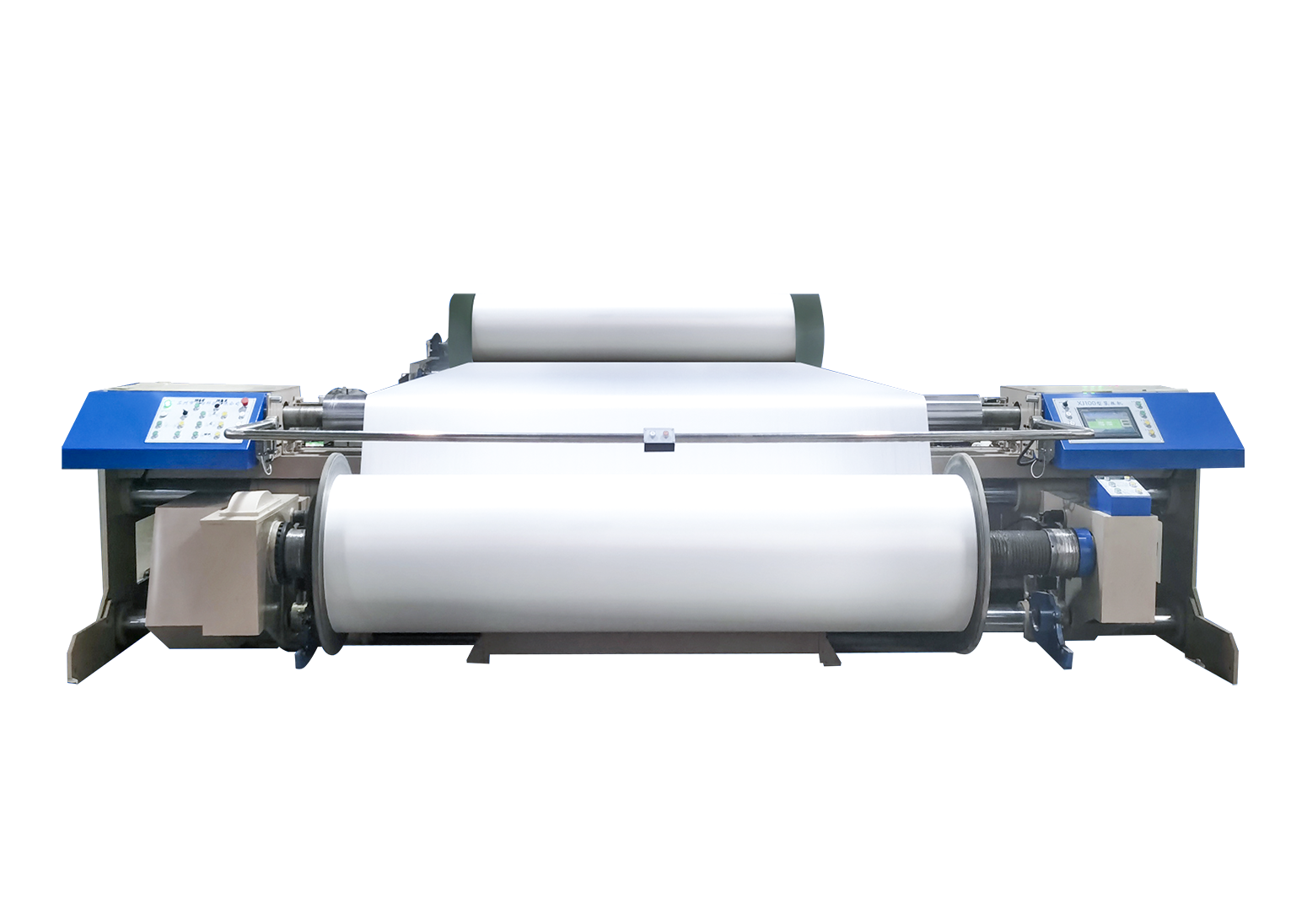Can Sizing Machines Boost Weaving Efficiency in Textile Manufacturing?
Sizing machines play a pivotal role in enhancing the efficiency and productivity of weaving operations within the textile industry. Among the various benefits they offer, the improvement of weaving efficiency stands out prominently. Here's an elaboration on how sizing contributes to enhanced weaving efficiency:
1. Improved Yarn Strength:
Sizing is fundamentally aimed at reinforcing the yarn by coating it with sizing agents. These agents form a protective layer around the yarn, making it more robust and less prone to breakage during the weaving process. As a result, the yarn can withstand the stresses and strains encountered on the loom more effectively.
2. Reduction in Yarn Breakage:
One of the primary causes of reduced weaving efficiency is yarn breakage. When yarns break during the weaving process, it disrupts the continuity of production, leading to downtime and wastage of materials. Sizing helps mitigate this issue by increasing the tensile strength of the yarn, thereby minimizing the occurrence of breakage. With fewer interruptions due to yarn breakage, the weaving process can proceed smoothly and efficiently.
3. Minimized Downtime:
By reducing yarn breakage, sizing machines contribute to the reduction of downtime on weaving looms. When yarn breakage occurs frequently, operators must stop the loom, remove the broken yarn, and rethread the loom before resuming production. This downtime not only disrupts the workflow but also incurs additional labor costs. With sized yarns exhibiting greater strength and durability, the frequency of yarn breakage-related stoppages decreases, leading to uninterrupted weaving operations and improved overall efficiency.
4. Increased Loom Speed:
Sized yarns offer better stability and coherence during the weaving process, allowing for increased loom speeds. With stronger and more resilient yarns, looms can operate at higher speeds without compromising the integrity of the fabric being produced. This higher speed translates into increased throughput and higher productivity, as more fabric can be woven within a given time frame.
5. Enhanced Fabric Quality:
In addition to improving weaving efficiency, sizing also contributes to the overall quality of the fabric being produced. Sized yarns result in fabrics with smoother surfaces, improved uniformity, and enhanced dimensional stability. These qualities not only enhance the aesthetic appeal of the fabric but also ensure superior performance and durability in end-use applications.
In summary, the use of sizing machines significantly improves weaving efficiency by strengthening yarns, reducing breakage, minimizing downtime, enabling higher loom speeds, and enhancing fabric quality. By investing in sizing technology, textile manufacturers can optimize their production processes, increase output, and maintain competitiveness in the market. As a critical component of textile production, sizing machines continue to play a vital role in driving efficiency, productivity, and quality across the industry.



 中文简体
中文简体








